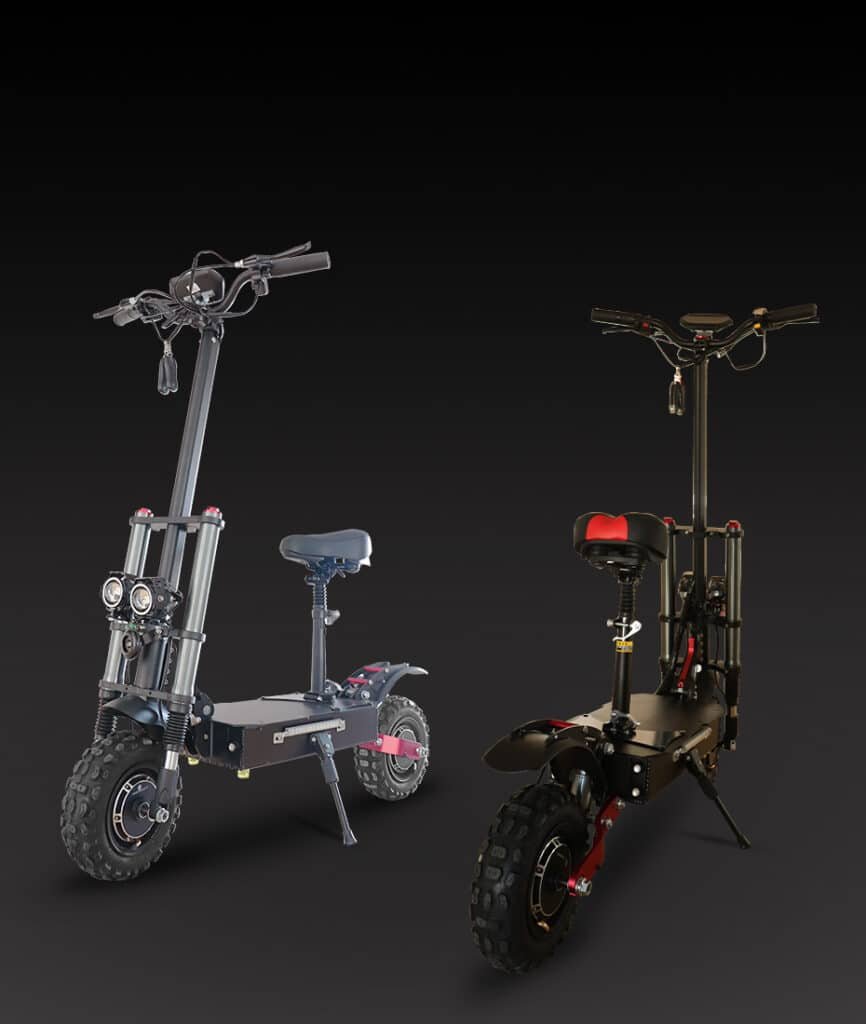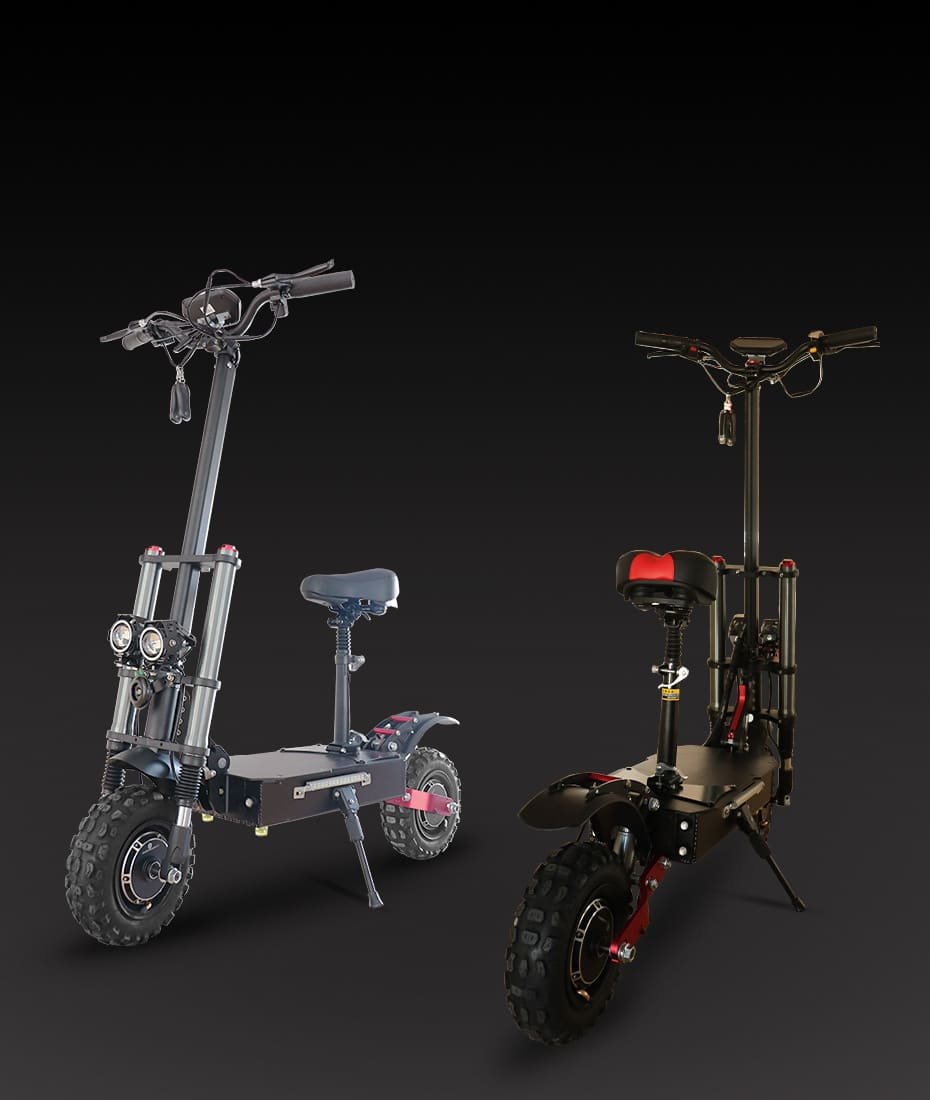Do electric scooters require maintenance?
Most people think electric scooters are maintenance-free, but that’s a myth. Without regular care, even the best scooters break down early. Neglect leads to poor performance, high risks, and short lifespan—just like any vehicle.
Yes, electric scooters need regular maintenance. Proper care helps them last longer, run smoother, and stay safer. Ignoring basic checks can cause early breakdowns, poor ride quality, and dangerous situations.

Without regular checkups, your scooter might surprise you—with a flat tire, worn-out brake, or dead battery. But with a little effort, you can avoid all that and ride confidently every day. So let’s look at what it really takes to keep an electric scooter running strong.
What is the lifespan of an electric scooter?
People often expect electric scooters to last forever, but they don’t. Just like cars or bikes, they wear out. But how long can a good one really last?
A well-maintained electric scooter can last 2 to 4 years. With careful use and regular maintenance, some can even run for over 5 years. Poor habits and no care can cut that down to just one year.

The biggest factors that affect lifespan are the battery, motor, and how you ride. The battery alone decides if the scooter runs smoothly or dies halfway through. Overcharging it, draining it too low, or storing it in bad conditions will quickly shorten its life. The motor also suffers if you often overload the scooter or ride on rough roads.
Here’s a breakdown of how each part holds up with time:
| Component | Average Lifespan | Care Tips |
|---|---|---|
| Battery | 300–500 cycles | Charge properly, avoid full drain |
| Motor | 3–5 years | Don’t overload, avoid wet riding |
| Tires | 1–2 years | Check for wear, rotate if needed |
| Brakes | 6 months–2 years | Test often, replace pads if weak |
| Frame & Body | 5+ years | Keep clean, tighten bolts monthly |
A scooter that gets proper attention lives longer and runs better. But a scooter that’s left alone? That one ends up in the trash early.
What maintenance does an electric scooter need?
If you think wiping the dust off is enough, think again. Electric scooters have moving parts, wear points, and electronics—all of which need care.
Basic maintenance includes checking tire pressure, brake condition, battery health, and electrical connections. Regular cleaning, tightening bolts, and following the manual’s care guide are also key.

There are two types of maintenance: daily checks1 and monthly care2. Daily checks take just 2–3 minutes before your ride. Look for loose parts, brake function, and battery level. Make sure tires aren’t flat or cracked. This keeps you safe.
Monthly care goes deeper. Clean out dirt, check for rust, tighten screws, lubricate folding parts, and do a battery charge-discharge cycle3 (if your model allows). For scooters used heavily—like in rentals or deliveries—you might need to do this even more often.
Here’s a simple checklist:
| Task | Frequency |
|---|---|
| Check brakes | Daily |
| Inspect tires | Daily |
| Clean scooter frame | Weekly |
| Tighten screws/bolts | Monthly |
| Deep battery check | Monthly |
| Lubricate moving parts | Monthly |
| Full scooter inspection | Every 1–2 months |
One important note: always follow the brand’s instructions. At JUESHUAI, we design our scooters with aluminum alloy and high-speed motors, so some models need more brake care due to higher speeds. That’s why I always advise my customers to ask questions and not skip the manual.
How often should I service an electric scooter?
Riders often wait for something to break before they take action. That’s the wrong approach. Preventive service keeps everything running well.
Do a quick check daily, light maintenance weekly, and a full service every 1 to 2 months. Heavy users or off-road riders may need more frequent care.

Think of servicing like a doctor visit. Waiting until you feel sick is risky. Regular checkups help catch problems early. That’s the same with your scooter.
If you ride daily, a full once-a-month check is the minimum. That includes brakes, tires, battery connections, and folding joints. If you ride only weekends, then every 2 months might be okay. But always adjust based on your usage.
Here’s a general rule:
| Riding Frequency | Service Interval |
|---|---|
| Daily commuting | Monthly |
| Weekend riding | Every 2 months |
| Off-road riding | Every 2 weeks |
| Delivery/Heavy use | Every 2 weeks or more |
I’ve seen customers save hundreds in repairs just by catching an issue early. One even caught a tire split before it caused a crash. All because he took five minutes to look.
How much does it cost to service an electric scooter?
One fear that stops people from regular care is cost. But the truth is, most maintenance is cheap or even free if done by yourself.
Basic maintenance can cost as little as $10–$30 every few months. Full servicing or parts replacement (like tires or brakes) might cost $50–$150. But skipping maintenance can lead to $300+ repairs or total scooter failure.

Let’s break it down:
| Service Type | DIY Cost | Shop Cost |
|---|---|---|
| Tire replacement | $15–$40 | $40–$80 |
| Brake pad replacement | $10–$25 | $30–$60 |
| Battery inspection | Free | $20–$50 |
| Full safety check | Free | $30–$100 |
| Motor or controller fix | – | $100–$300 |
If your scooter is from a brand like JUESHUAI, we offer local repair in the U.S., Canada, Germany, and Poland. That means faster service and no overseas shipping. Customers who buy 800+ scooters per year even get engineer visits. This kind of local support is what sets our brand apart—and it saves you money long-term.
For most riders, doing small things like tightening screws or checking brakes can avoid 90% of big costs. That’s why maintenance isn’t an extra expense—it’s smart savings.
Conclusion
Electric scooters need care like any other vehicle. With basic checks and monthly attention, they last longer and ride better. Ignore them, and problems pile up. So take a little time, follow your manual, and your scooter will return the favor on every ride.
Table of Contain
-
Understanding daily checks can enhance your scooter's safety and performance, ensuring a smooth ride every time. ↩
-
Exploring monthly care tips can prolong your scooter's lifespan and improve its reliability, especially for frequent users. ↩
-
Learning about the battery charge-discharge cycle is crucial for maintaining battery health and optimizing performance. ↩






